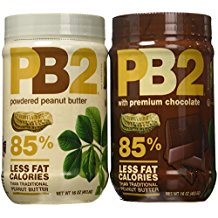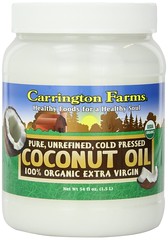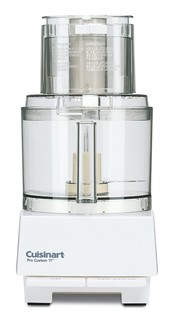Running for SPEED: How To
>> Tuesday, February 2, 2010

We received a great question on Twitter yesterday about running and how to get faster. There’s really no easy answer for how to go faster – everyone is different. However, there are some key workouts that you can incorporate into your training that will help your body pick up some speed and endurance.
I’m not a fan of traditional speed training . . . where you go to your local track and run 400s, 800s, etc. It drives me insane running in a circle (almost as much as it does running on a treadmill!) and feels like WORK. So, folks, I’d like to take the WORK out of WORKOUT and give you a few of my favorite ways to train.

1.) Fartleks: Laugh it up. Fartlek. The comical Swedish word means “speed-play” . . . however, when you’re done with this workout, you’re likely not going to be laughing. The fartlek is run by alternating with fast spurts of running and then recovery. For example, say you’re planning to run for 30 minutes. You might start out those first 5 minutes as a warm-up. Just go a nice, easy pace. Then increase your pace to what might feel like your 5K speed (for those of you unfamiliar with what this feels like, it’s basically as fast as you can go without feeling absolutely horrible) . . . stay at this fast pace for 2-1/2 minutes. Then drop down to your easy pace for 2-1/2 minutes. Continue this back and forth – maybe doing some longer intervals . . . and then cool down with another 5 minutes of easy jogging.
If you’re a beginner, you might want to do shorter spurts of fast running with longer recoveries. I’ll be the first to tell you that I’m no expert. However, a little fartlek will not only get your legs moving faster, it will also turn your body into an incinerator . . . burning through calories like WOAH. So if you’re trying to lose weight and you seem to have hit a plateau, the intervals brought on by this type of workout might be the thing to help you push through those last 5 pounds.
For more information about fartleks, visit Runner’s World.
2.) Tempo: These workouts are fun, actually. To get all technical on you, tempo runs help increase your lactate-threshold by pushing yourself at a “comfortably hard” pace. In normal-speak: You’re training your body to deal better with the demands of speed by pushing yourself a bit. Over time, your body is able to cope with this increased demand because you’re training it to make that pace feel more “normal.”
A typical tempo run—at least for me—starts with a nice warm-up of about 10 minutes, easy jogging pace. Then for the next ten minutes, I go a tad faster. Next ten, another crank faster. Next ten, faster yet. I try to remember that I shouldn’t go above a perceived exertion of about 8 out of 10. And then ten of cool-down.
Since my tempo runs aren’t 100% by the book, if you’d like more information, visit Runner’s World.
3.) LSD: Stands for Long. Slow. Distance. And though you’re not actually taking the drug, this workout can certainly take your mind on a trip. Long runs work their magic by gradually increasing your endurance. The longer you can run, the better your body can tap into your glycogen stores. And though this isn’t necessarily a speed workout, I've found that the longer my body can handle running, the faster I can go at shorter distances. It makes the short stuff feel like nothing.
Long runs are typically over 1 hour. They are run at a conversational pace, meaning you can talk easily while in the middle of 'em. And they're really good for your weekly running routine. So if you're new to running long, start by just adding 5 minutes to 10 minutes onto your longest run, once a week is all you need. Then try to get that up to 1 hour . . . if you ever train for a marathon, you'll eventually go 20 miles. Which for me was just about 3 hours of running. That sounds IMPOSSIBLE . . . but by slowly working your way up to it, going at that easy pace, it's actually not terribly bad. Incidentally, my 10Ks are like 2 minutes faster than they used to be. Long runs build fitness and are also a great way to de-stress.
To read more about the many benefits of LSD runs, visit Pete Pfitzinger's site.
4.) Racing: One of the last things people think of with speedwork is how racing can actually help your pace. Stephen and I just got off a January Freeze 10K series where -- in the course of four weeks -- Stephen achieved a personal best, going from a 38:52 (6:16 pace) to a 35:37 (5:44 pace). I know. He's WICKED fast. But what helped him most was racing every week . . . it forced him to do some long speed work, and his body adapted.
Even if you aren't fortunate enough to have a race series . . . you can make your own by mapping out, say, a 5K route . . . and committing yourself to doing it every Saturday. Track your pace and see what happens!

And if you haven't yet, go check out our BLOG LOVE FEST. You can add your blog to the list we have going -- it's a great way to learn about your fellow readers and find great sites to browse.
OTHER RUNNING-RELATED POSTS:
- Treadmill Survival Guide
- No Workout is Too Short or Slow
- Ode to my 17-year-old Self: The Mile
- How to Suit Up to Set Out (And Other FAQs)
- How to Run


















